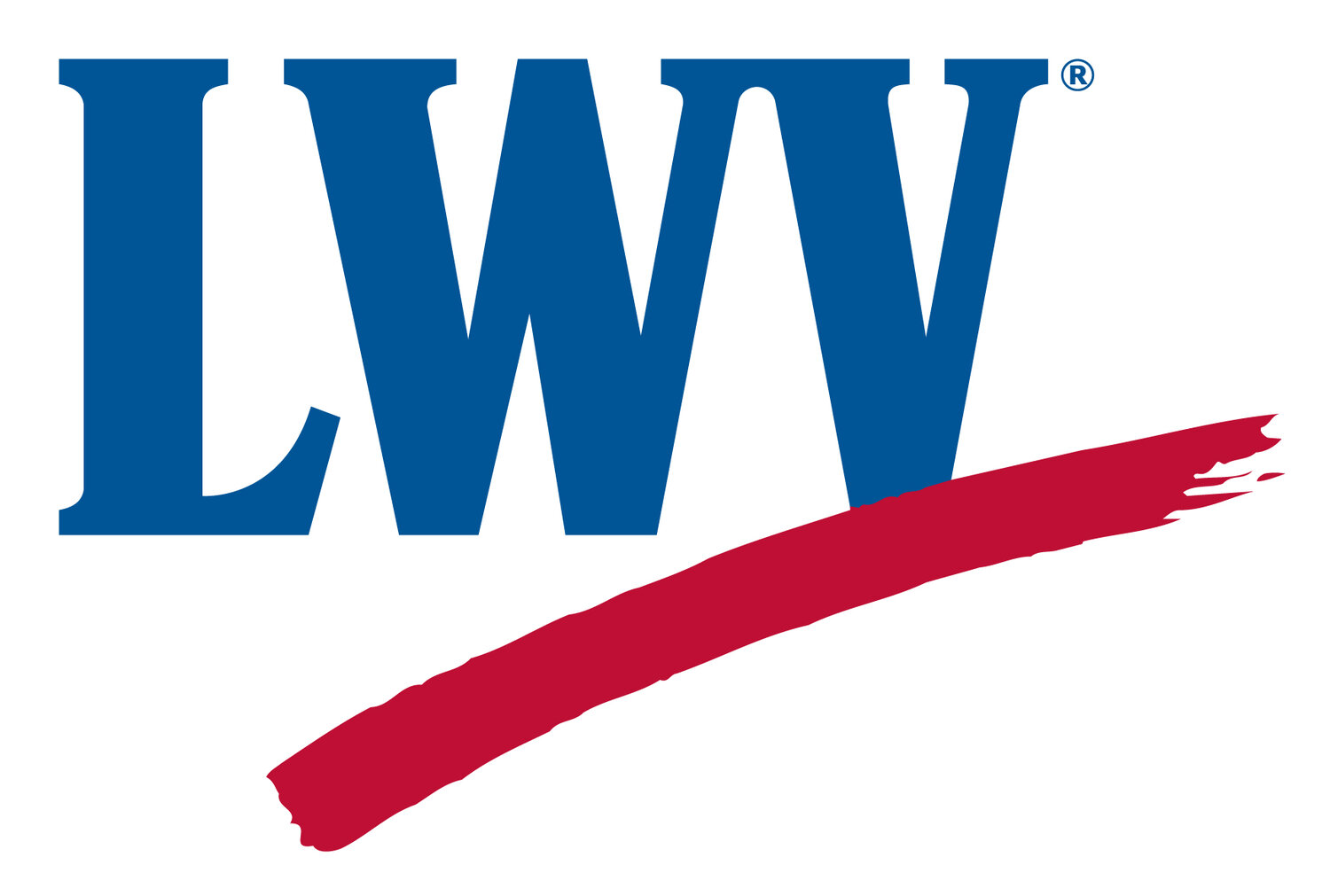On 12 September 2019, the Salem City Council created a new section (Section 6.11) in our zoning ordinances entitled “Municipal and Religious Building Reuse.” The Mayor approved it shortly thereafter. Section 6.11 creates a special permit process allowing for the possibility of certain buildings being converted to one or more uses listed in the section. There is still some anxiety floating around Salem about Section 6.11, so we’d like to do a deep dive, especially because an earlier map-based version of this policy was the one ordinance that the LWV-Salem steering committee endorsed this year.
Why was Section 6.11 created?
Section 6.11 addresses older buildings that weren’t wanted for their original uses, but that previously couldn’t be re-used for other possible purposes because of their residential zoning. Specifically, as defined by Section 6.11, these are large buildings at least 50 years old that were formerly used as municipal buildings, religious buildings, or religious school buildings. Without Section 6.11, re-use of these buildings was severely limited. For example, without Section 6.11, once the City decided it had no use for the former Council on Aging building at 5 Broad Street as a municipal building, it was extremely unlikely that the City would find a buyer willing to re-use the 12,000 square foot building as a one- or two-family house, the by-right allowed uses in its R-2 (residential, two-family) zone. (The other option would have been for the buyer to convert it to a rooming house, if the Zoning Board of Appeals allowed that.)
Does Section 6.11 mean a new owner can do whatever they want?
No, Section 6.11 includes a list of allowable re-uses, but there’s no guarantee that the Planning Board will issue a special permit for a particular application’s proposed uses. The Planning Board decides based upon a finding that the proposed use is in harmony with the stated purpose of Section 6.11. The Historical Commission and Design Review Board provide the Planning Board with advisory comments. The Planning Board cannot take final action on an application until it receives written comment that the project conforms with the Secretary of the Interior’s standards. The public has the opportunity to comment on the application during the Planning Board hearing, the Design Review Board meetings, and the Historical Ccommission meetings.
Is it true that no one knows what properties are covered by Section 6.11?
No, that is not true. What is true is that Section 6.11 has time elements in its definition of covered buildings. Therefore, all the buildings covered today may not be covered in the future. In the future, certain buildings may come to be covered.
So if the list of covered buildings changes over time, how do I know if my neighborhood will be affected by Section 6.11 conversions?
Section 6.11 applies only to buildings that are 4,000 square feet or larger. If you don’t have a building this large in your neighborhood, Section 6.11 won’t affect your neighborhood. If you do have a building that large, move on to step 2.
Section 6.11 applies only to buildings that are 50 years old or older at the time of the application. Do you have any buildings large enough that are 50 years old now or will come to be 50 years old in your timeframe of concern? If you do have a large enough, old enough building, move on to step 3.
Section 6.11 applies only to buildings that were used as municipal buildings, religious buildings (ex: churches), or religious school buildings. These are the time-related requirements:
To qualify as a covered municipal building, substantially all of the building must have been actively used for municipal purposes for at least 20 continuous years, including some point in the 20 years preceding the application.
To qualify as a covered non-school religious building, substantially all of the building must have been actively used for religious purposes for at least 20 continuous years, including some point in the 20 years preceding the application.
So, if an application is made for a municipal building or a religious building on December 1, 2019, the continuous use period could end anywhere from December 1, 1999 through November 30, 2019.
To qualify as a covered religious school building, substantially all of the building must have been actively used as a religious school for at least 20 continuous years, including some point in the 50 years preceding the application. So, if an application is made on December 1, 2019, the continuous use period could end anywhere from December 1, 1969 through November 30, 2019. The time window for religious schools is longer deliberately, because some religious schools have been moth-balled for a long time already.
I heard Section 6.11 applies to any property owned or rented by a 501(c)(3). Is that true?
No, that is not true. 501(c)(3) is an IRS designation having to do with exemption from Federal income tax. Section 6.11 has to do with three types of uses that are exempt from some zoning regulations under Massachusetts state law: municipal, religious, and religious school uses.

